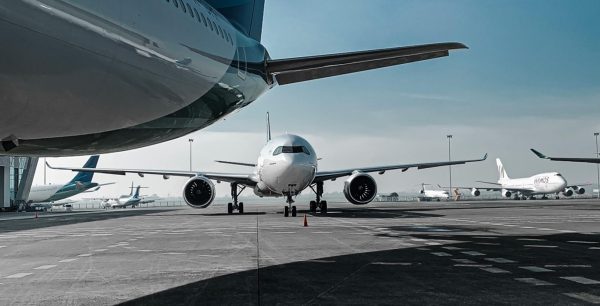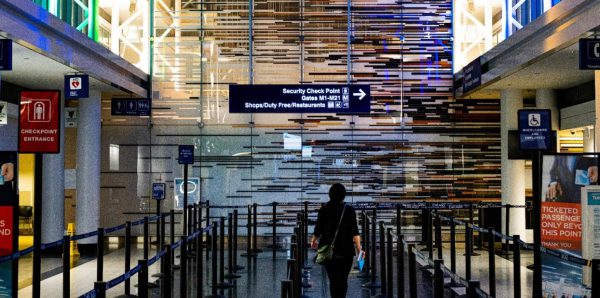This is a short story about a belt, that thing we wear around our waists. It’s also about the power of service design.
I fly through Amsterdam Schiphol airport frequently, often to London. In the Netherlands we enjoy the luxury of modern technology so we needn’t remove any electronics or liquids from cabin baggage when going through security. When returning via London Heathrow it feels laborious to remove all electronics and put all your liquids into a specific plastic bag even though your shaving kit is a perfectly see-through plastic bag itself. And it can get worse—try going through Hamburg. I digress—back to Heathrow.

How do you feel when you have to comply with a dated rule knowing very well that there is technology out there which can help make the experience frictionless?
It is equally challenging for airport security staff—the queues for those waiting and those in the process of collecting items after security check are a direct result of this elaborate retrieval and storage dance.
Service Design and Technology
These modern scanners are game changers to the design of a service which removes friction for customers and makes the whole operation more efficient (throughput). To London’s credit, they implemented it a few years ago at London City and I’m told Heathrow will roll it out by year end (fingers crossed)!
This is a great example of service design aided by technology.

On Thursday, as I went through security at Schiphol, the security staff told me I didn’t need to put down my belt. I could just carry it in my hand.
After thinking about that for a moment, it clicked.
Even with all this efficiency of keeping electronics and liquids in the bags, a key contributor of crowding at the baggage belt past the scanners is the time people take to put on their apparel.
The Impact of a Small Change
Most people want to be able to just pick stuff up from the tray, put it on in a matter of seconds and be on their way. Taking the tray to another area, dressing up, putting the tray back in its place is inefficient for the frequent traveler. I can slap on an overcoat in a second, but what needs those 30 seconds of fiddling is the belt … and now I was spending those 30 seconds while waiting on my luggage rather than doing it in a hurry when it came. It is a small yet impactful change, one that had a lasting impression on me (it even motivated me to write about it) and I can assure you the queues were non-existent even though the airport was busy.
Service Design at IFS
Service design is about empathizing deeply with the needs (not wants) of the customer and trying to address them in simple ways, sometimes without technology. We take service design seriously at IFS. Our Lifecycle Experience portal allows customers to choose when they apply their IFS Cloud release to their tenant, based on their testing and validation, because we know upgrading a system that is the heart of your company’s business process and decision support is not a trivial thing. We are following a similar approach with building an AI-driven Copilot experience that doesn’t just overlay new functionality but carefully embeds it into existing user interactions.
Want to learn more?
Find our more by visiting our IFS Cloud lifecycle experience portal or visit our website.
Follow us for more insight on service, updates and technology!